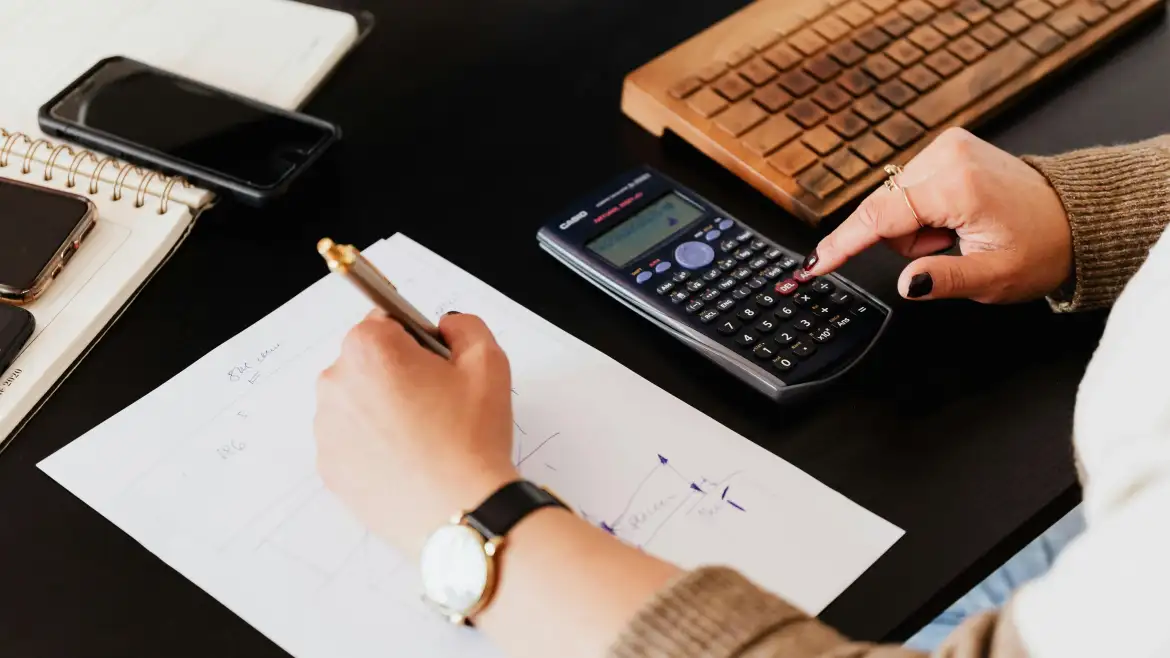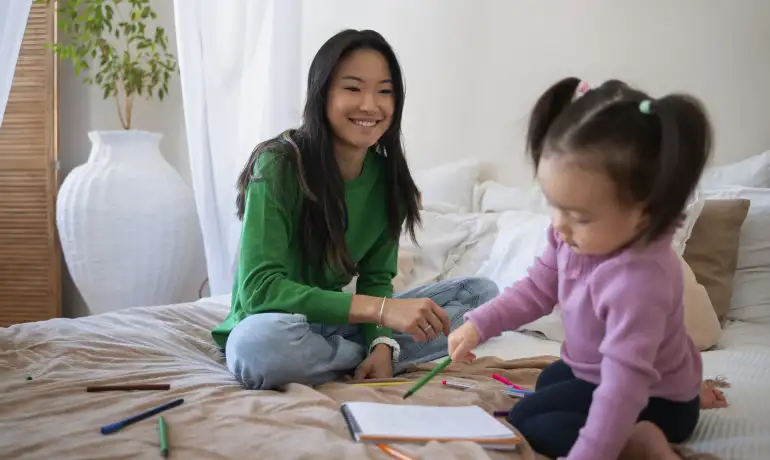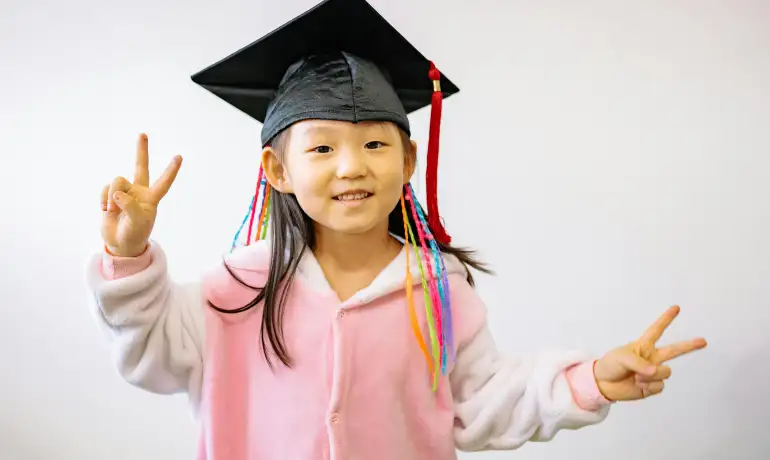Choosing a preschool for your child in Singapore? You’ve probably come across the term ECDA teacher child ratio more than once. On the surface, it seems straightforward—just numbers that tell you how many children each teacher can care for. But there’s a lot more behind those numbers that most parents don’t realize.
In this article, we’ll walk you through five important things you might not know about the ECDA teacher child ratio—and how understanding them can help you make a smarter decision for your little one.
1. Ratio Affects Your Child’s Development in Real Ways
The ECDA teacher child ratio directly influences how much attention your child receives. In smaller classes, teachers can:
- Spend more one-on-one time with each child
- Identify learning difficulties earlier
- Offer emotional support during tough moments
On the other hand, a higher ratio—even if within ECDA’s guidelines—may mean:
- Your child waits longer for help or guidance
- Teachers are stretched thin across the classroom
- Quieter children may get less attention
So, when asking about ratios, don’t stop at the numbers. Ask how teachers use that time and space to connect with your child.
For more insights, check out our article on the ECDA ratio in Singapore.
2. How Singapore’s Ratios Compare to Other Countries
Singapore’s preschool system is well-regulated, but did you know its ECDA teacher child ratio is higher than in some other countries?
For example:
- Finland: 1 teacher to 7 children
- Australia: around 1 to 11
- Singapore (K2 level): up to 1 to 25
This isn’t to say Singapore’s system is lacking—but it helps to know where we stand. Some schools here go beyond the minimum required by ECDA, offering assistant teachers or smaller classes.
When visiting a preschool, ask:
- “Do you have co-teachers in every class?”
- “How do you ensure each child gets individual attention?”
Also, understanding national priorities like racial harmony day activities can give insight into how well a school promotes inclusion within its class dynamics.

3. What Happens When Teachers Are Absent?
Even the best teachers need a break—so what happens to the ECDA teacher child ratio when someone’s sick or on leave?
Some schools:
- Bring in floating relief staff
- Have assistant teachers already in class
- Combine classes temporarily (which may affect learning quality)
You’ll want to ask your preschool:
- “Do you have a system for managing teacher absences?”
- “Is there always more than one adult in the classroom?”
And if you’re balancing work and caregiving, learning about your child care leave in Singapore can help you make better decisions for days when your child might need to stay home.
4. What Teachers and Parents Really Think About Ratios
While the numbers matter, real classroom experience matters more. Teachers often say that when the class size grows past 15–20 children, it becomes harder to:
- Respond to individual needs
- Manage emotional outbursts
- Provide detailed feedback to parents
Many parents also notice differences in their children’s mood, confidence, or learning pace when class sizes are large.
So, don’t be shy about asking for feedback from both teachers and fellow parents. It can give you clearer insight into how well the ECDA teacher child ratio works in practice—not just on paper.
And don’t forget, supporting your child’s learning at home matters too—especially when you’re also managing family care leave.
5. Why Lower Ratios May Mean Higher Fees
Here’s the part most people don’t talk about: reducing the ECDA teacher child ratio usually means higher costs for the school.
Smaller classes require:
- More teachers and staff
- More classroom space and resources
- Higher overall operational expenses
As a result, preschools with smaller ratios may charge more. But this extra cost often brings extra value—like personalized learning, safer environments, and better communication with parents.
If you’re comparing options, ask:
- “How do you justify the fees in relation to the care provided?”
- “What value does my child get with your current ratio?”
Understanding this balance can go hand-in-hand with planning your childcare leave entitlement and long-term schooling timeline.
Frequently Asked Questions (FAQ)
Q: What is the ECDA teacher child ratio in Singapore?
A: It varies by age. For example, 1:8 for Playgroup (18 months), 1:12 for Nursery 1, and up to 1:25 for Kindergarten 2. You can see the full breakdown on ECDA’s official site.
Q: Is a lower ratio always better?
A: Generally yes, especially for younger children. But what’s more important is how the school manages its ratio with quality teaching and support.
Q: Should I choose a school based on ratio alone?
A: No—consider the overall learning environment, teacher quality, communication, and school culture.
Make the Smart Choice for Your Child
The ECDA teacher child ratio is a helpful guideline—but it’s only one piece of the puzzle. What truly matters is how the school puts those numbers into action every day.
Looking for a preschool that offers personalized care, dedicated staff, and a supportive learning environment? Contact us today or explore more about what we offer at littleunicornpreschool.com.



